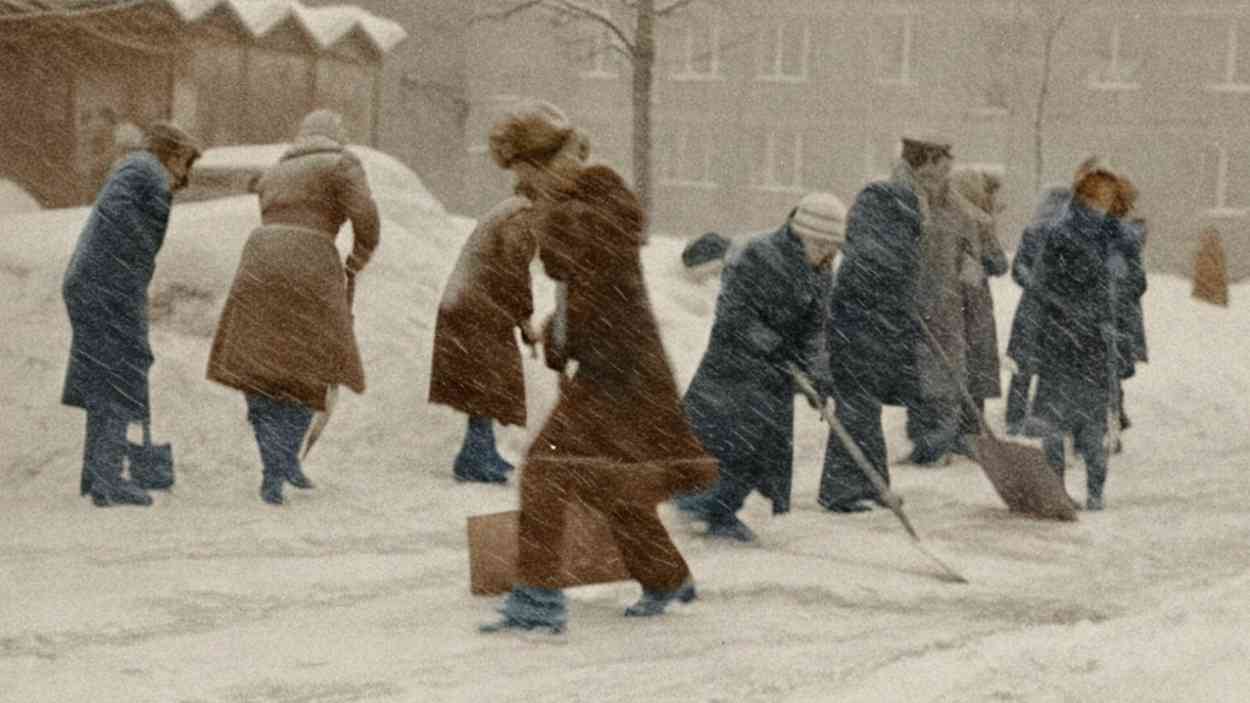Culture
Dismantling the Iron Curtain Myth: What Life Behind the Wall Truly Looked Like
26 December 2025

Our brain often plays tricks on us. What we see is not perceived by us in the way it is. Optical illusions, however, are not only cognitive distortions but also desirable mechanisms, thanks to which we can notice the perspective or three-dimensionality of objects in the image. Sometimes, however, our evaluation of what we see is shaped by years of evolutionary experience and our brain's plasticity.
The issue of facial attractiveness has been a subject of interest since ancient times, but the attempt to scientifically explain this phenomenon is the result of research from recent decades. Why do we regard some people as pretty and others as ugly? Do the ones considered pretty have it easier in life?
The biological concept states that facial preferences are adaptive. They came into being by evolution, or more specifically by natural selection. Gene expression, which manifests itself in facial appearance, may be the result of a gene mutation that is favorable to the bearer when they inherit such individual traits, which are perceived as signs of good health. For example, a large nose in men can allow for efficient ventilation during physical exertion. The appearance of the jaw close to a square is a sign of a large amount of testosterone, which indicates a high reproductive capacity. Female faces, on the other hand, are described as attractive when they have emphasized features that testify to good health, such as clear skin and rosy cheeks.
However, the theory of facial attractiveness excludes the necessity to meet certain conditions. People do not need to know that their appearance or preferences stem from adaptive changes that help them survive. The libido that guides us often “prompts us” what is beneficial for us, and we do not need to know that we like one person more than another because of an unconscious desire for traits that are a sign of high reproductive capacity.
The occurrence of desirable qualities does not necessarily mean a person is in good health. Some of us may use our resources to highlight the qualities desired by the opposite sex and leave no energy to take care of one’s immune system, for example. Summa summarum, their physical well-being will be relatively low, despite their apparent physical attractiveness.
Humans have adapted their environment to their requirements and they no longer need to adapt themselves physically, but rather use the achievements of the mind, controlling nature through their inventions. This changing reality, which is less and less demanding in the Western world, and cultural changes can also influence the desire for specific individual traits.
The physical strength once needed by a man to protect his partner and offspring is not required today. On the contrary, the cultural model shaped by social media and pop culture promotes an androgynous beauty model. Men with delicate, boyish features and slim figures are often perceived as attractive. Women who display aggression and a high need for power are attractive sexual objects for some men.
We recommend: The Comfort of Kitsch. Why We Need “Bad” Art

Researchers have found that pretty considered human faces have many common features. In infants, these are: Large eyes, pupils, and forehead, and thus strongly expressed childlike features. However, they are only attractive in children up to 9. In adolescents, such proportions are no longer relevant in assessing their appearance.
The experiment with women’s faces showed that the age of the models presented does not correlate with the attractiveness assessment, but – as in infants – the desired characteristics are the childlike proportions of the face. Large eyes, a short nose, a small chin, thick lips, and, in addition, a narrow jaw, and thin and widely spaced eyebrows are considered attractive. It is also significant to have features that testify to the sexual maturity of a woman: Prominent cheekbones and narrow cheeks. The face of a woman of all childlike proportions seems too childish and thus unattractive.
Studies on the attractiveness of male faces are less conclusive compared to those for women and children. ‘Childishness’ of the face does not affect the assessment of appearance. In the case of men, the age of the model is important. The faces that received the most indications did not show clear characteristics of either youth or adulthood.
According to anthropologists, preferences for the appearance of a childlike face are linked to parental care. They explain this phenomenon by its resemblance to the animal world, in which species completely dependent on their mother or both parents at birth possess traits that signal their reproductive and possibly social status. They protect the youngest individuals from competitive and aggressive behavior from other herd members. A simple example of the evolutionary nature of such a mechanism is that infants who require more interest and care are indicated as prettier than children of several years.
Due to biological differences, women’s reproductive capacity is much lower than men’s. Hence the higher correlation of facial attractiveness with the age of the models presented. Women show the highest fertility immediately after pubescence, which is why men prefer faces indicating the young age of the opposite sex. However, for men’s tastes not to be directed at the too-young, they must also be conditioned by mature features: prominent cheekbones and narrow cheeks.
The reproductive capacity of men is much higher than that of women and decreases less dramatically with age. Hence, the loss of attractiveness over the years is less. However, women rarely chose faces indicating advanced age. In old age, the risk of sudden death increases, which is associated with the orphanhood of the offspring and leaving the partner alone, as well as the decrease in physical strength, thus the possibility of acquiring resources.
We recommend: “Friends, You Are at War”. How to Conquer a Country Without Firing a Shot
Regardless of the research results, it is worth looking at the topic from a slightly different perspective. There are no two identical faces in the world (even in twins). People can recognize people close to them flawlessly, even after many years of separation, and yet they use almost only one sense in perceiving and identifying people: Sight. The human mind analyzes thousands of variables while recognizing other faces. An interesting look into the future may be the question: What kind of faces will be considered beautiful in a thousand years?
Translation: Marcin Brański
Read the text in Polish: Mózg lubi to, co znane. Dlaczego jednych uważamy za ładnych, a innych za brzydkich?
Culture
26 December 2025



Zmień tryb na ciemny